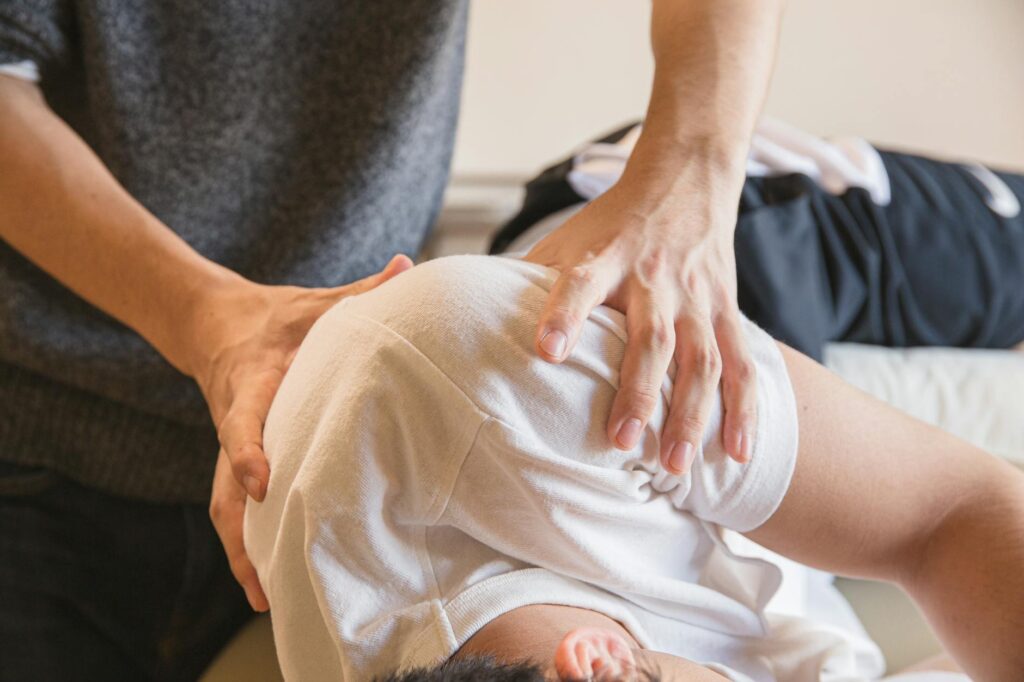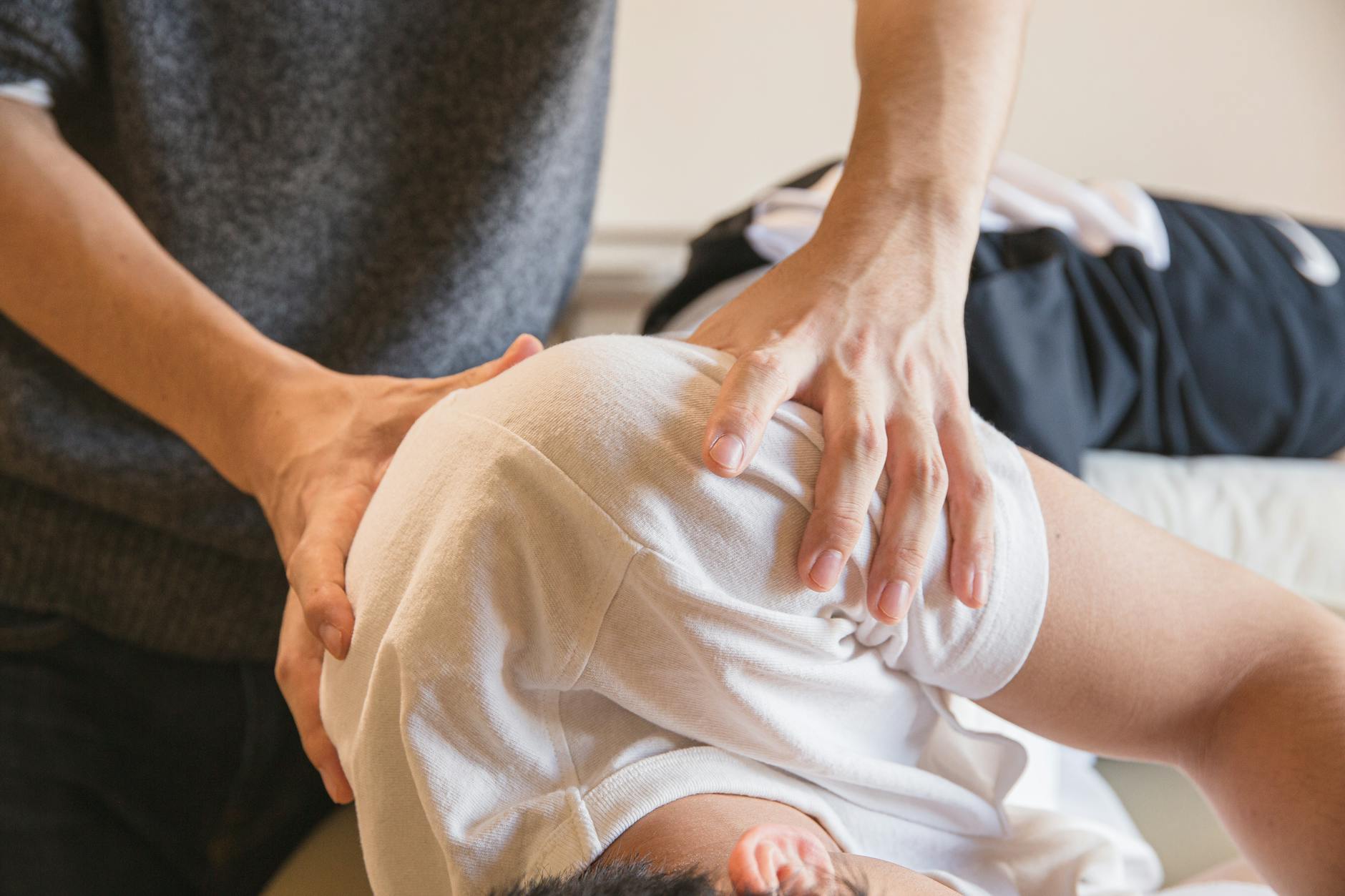What is stress relief methods?

What is stress relief methods?
In our fast-paced world, stress has become a common part of daily life. Whether it’s due to work pressures, family responsibilities, or everyday challenges, the effects of stress can take a toll on our well-being and productivity. Understanding stress relief methods is essential. They not only help us manage anxiety but also boost our overall quality of life, enhancing our focus and performance.
Understanding Stress and Its Effects
Stress is a natural reaction to the demands of life. It triggers both psychological and physical responses that can impact how we feel and behave. When stress becomes overwhelming, it can lead to serious health problems, making finding relief crucial.
Types of Stress
Stress can be classified into two main types: acute and chronic. Acute stress is short-term and arises from immediate challenges, like a job interview or public speaking. On the other hand, chronic stress lingers and can stem from ongoing issues, such as a demanding job or difficult relationships. Chronic stress can have severe implications on mental and physical health, making it vital to address.
Physical and Emotional Symptoms
Common symptoms of stress include headaches, fatigue, anxiety, and irritability. Stress can also lead to serious conditions such as depression and heart issues if not managed properly. Recognizing these symptoms is the first step toward seeking effective stress relief methods. For a deeper understanding of stress and its symptoms, you can refer to comprehensive resources from Cleveland Clinic.
Popular Stress Relief Methods
There are numerous effective stress relief methods that can be categorized into physical, mental, and lifestyle techniques. Each offers unique benefits that can help ease tension and improve overall health.
Physical Methods
Engaging in physical activity is one of the most effective stress relievers. Exercises such as yoga, running, and even simple walking can help release endorphins, the body’s natural mood lifters. Not only does exercise boost your physical health, but it also enhances your mental clarity. Activities like yoga offer a dual benefit, combining physical movement with mindfulness. For more exercise ideas, check out Mayo Clinic’s tips.

Photo by Ryutaro Tsukata
Mental Techniques
Mental techniques like mindfulness, meditation, and breathing exercises are powerful tools for managing stress. Mindfulness involves focusing on the present moment, which can help reduce anxiety about the future. Meditation promotes relaxation and mental clarity, while deep breathing exercises can calm the nervous system. These practices can be easily incorporated into daily routines for significant stress relief.
Lifestyle Changes
Lifestyle changes play a crucial role in managing stress levels. Time management, maintaining a healthy work-life balance, and ensuring adequate sleep are essential. By setting realistic goals and prioritizing tasks, you can reduce feelings of being overwhelmed. Establishing a routine that allows for downtime is just as important as work commitments.
Workplace Stress Relief Strategies
Workplace stress can be particularly challenging, given the demands of modern jobs. Implementing specific stress relief methods can lead to a more productive and healthier work environment.
Creating a Supportive Environment
Fostering a positive workplace culture can significantly reduce stress among employees. Encourage open communication, provide support during stressful periods, and create spaces that promote relaxation. Simple changes, like adding plants or comfortable seating areas, can improve the overall atmosphere.
Effective Time Management Techniques
Effective time management techniques are vital for controlling workloads and meeting deadlines. Tools such as to-do lists, time-blocking, and prioritization frameworks can help streamline tasks and reduce anxiety. By managing your time effectively, you can create a more balanced work environment.
Implementing Stress Relief Methods
Incorporating stress relief methods into your daily routine can be straightforward and rewarding.
Setting Goals for Stress Relief
Start by setting realistic goals for incorporating stress relief techniques into your life. Maybe that means scheduling a daily walk or setting aside ten minutes for meditation. Whatever it is, having a clear plan can help you stay committed.
Tracking Progress and Adaptation
Regularly tracking your progress can help you determine what works best for you. Whether it’s noting your feelings before and after a meditation session or observing your mood after exercise, reflection is key. Adapt your methods based on what you learn. For more insights on tracking stress relief effectiveness, consider exploring Healthline’s strategies.
Conclusion
Employing stress relief methods is crucial for maintaining balance in both personal and professional life. By exploring various techniques, you can discover what resonates best with you. Whether it’s through physical activity, mental practices, or lifestyle adjustments, finding the right stress relief methods can enhance your overall well-being and productivity. Embrace the journey toward a less stressful life and prioritize your health today.